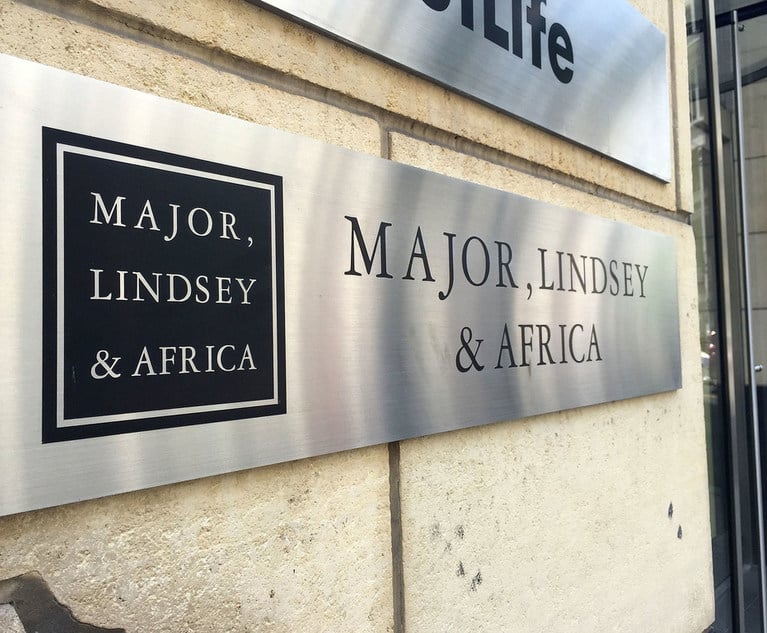Arthur Cooley founded the law firm that bears his name nearly a century ago. But as a major national firm, Cooley is still younger than its reputation—or its top 25 ranking in the Am Law 100—might suggest. Before 2005 the firm didn’t even have an office on the East Coast.
That relative youth means Cooley has had some catching up to do on the client development front, an effort that’s helped it establish itself as a go-to firm for such tech clients as Google, Facebook and Uber.

 (Photo: Jason Doiy/ALM)
(Photo: Jason Doiy/ALM)








